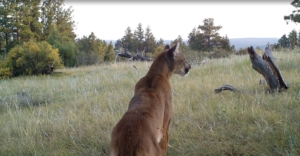A President’s Unexpected Legacy
As we celebrate Presidents’ Day 2023, let’s take a look at the history of mountain lions in California over the last century. We’ll see why that state has come to be the best example of having both the worst challenges for lions in the form of huge development, and some of the most progressive solutions to help them thrive.
Mountain lions have long been an iconic symbol of the wild landscapes of California. However, in the early 20th century, their population was in sharp decline due to unregulated hunting, habitat loss, and conflicts with humans. It wasn’t until the latter half of the century that concerted efforts were made to protect them, thanks in large part to the efforts of conservationists, politicians, and activists.
In the mid-20th century, mountain lion hunting was widespread and largely unregulated in California. By the 1960s, it was clear that the population of mountain lions was in rapid decline. However, it wasn’t until the 1970s that meaningful steps were taken to address the problem. In 1971, Governor Ronald Reagan signed a temporary moratorium on mountain lion hunting, marking a turning point in the conservation of these animals.
In the following years, conservation groups and animal welfare advocates worked to build on Reagan’s efforts to protect mountain lions in California. One of the most significant milestones in this effort was the passage of Proposition 117, a ballot measure that permanently banned the hunting of mountain lions in California. This proposition was led by the efforts of conservationists, including Sharon Negri, and a range of animal welfare groups who argued that the hunting of mountain lions was unnecessary and cruel.
Proposition 117 was approved by California voters in the November 1990 election, with 52% of voters in favor of the ban. This measure was the culmination of years of advocacy, political action, and scientific research aimed at protecting mountain lions from harm. William Newsom, former California appeals court judge and attorney, played an instrumental role in leading the campaign to pass the proposition and make the ban on mountain lion hunting permanent.
Today, mountain lions in California are protected under a range of regulations and conflict management policies.
The conservation of mountain lions in California is an ongoing success story, thanks to the work of dedicated advocates, researchers, and policymakers. The temporary moratorium signed by Ronald Reagan marked an important first step in protecting these animals from hunting, and subsequent efforts to make the ban permanent demonstrate the power of political action and advocacy in support of conservation.
Heightened public awareness of how mountain lion encounters are handled by authorities led to more successful advocacy following a sad incident at Half Moon Bay in 2019.
A law enforcement officer fatally shot two mountain lion kittens that were found near a residential area.
Two kittens were first discovered in a backyard in Half Moon Bay and were reported to authorities. A game warden was dispatched to the scene, but when he arrived, he found that the kittens had moved to a nearby public area. A sheriff’s deputy was then dispatched to assist with the situation.
According to reports, the deputy attempted to corral the kittens into a cage but was unsuccessful. At this point, he fired his weapon, killing both of the kittens. The incident sparked outrage among conservationists and animal welfare advocates, who argued that the use of lethal force was unnecessary and that the kittens could have been safely relocated.
Following the incident, the California Department of Fish and Wildlife conducted an investigation and concluded that the use of lethal force was not justified. The department developed new protocols for handling mountain lion incidents, including improved training for law enforcement officers and a greater emphasis on non-lethal options for managing conflicts with these animals.
The Half Moon Bay incident highlighted the need for improved training and protocols when dealing with conflicts involving mountain lions and led to important changes in the way that these situations are handled in California. By prioritizing the safety of both humans and animals, California’s approach to mountain lion management represents a model for effective and responsible wildlife conservation.



 Ⓒ Tom Mangelsen
Ⓒ Tom Mangelsen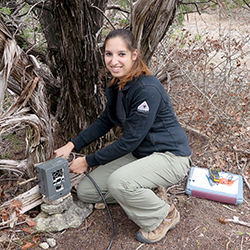
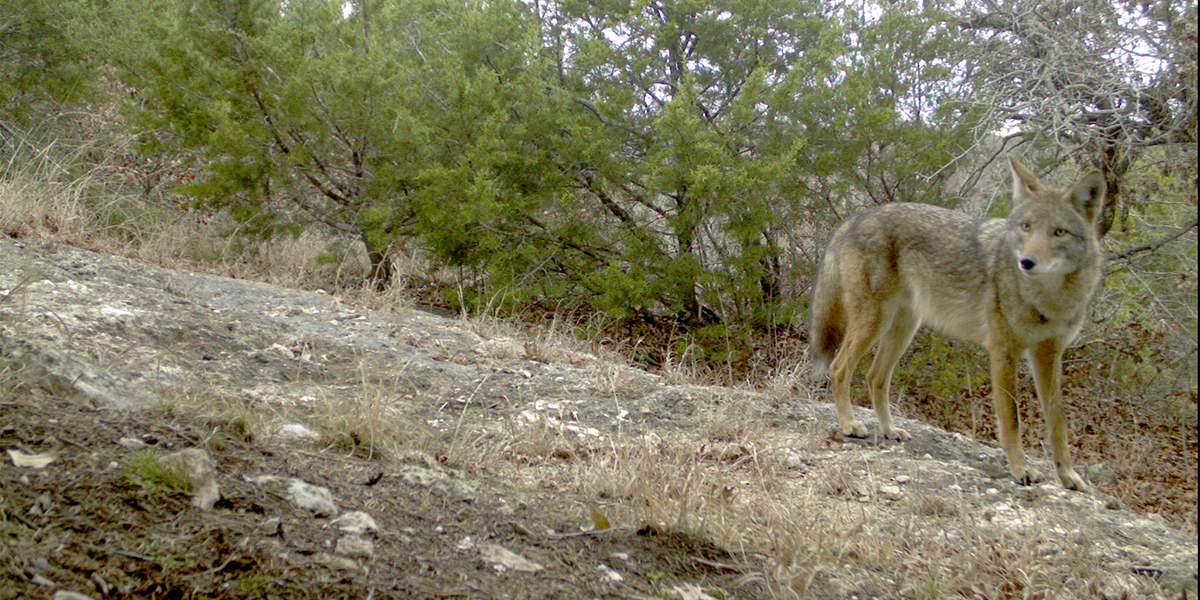
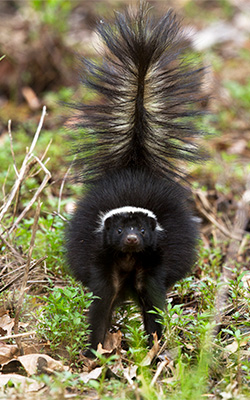
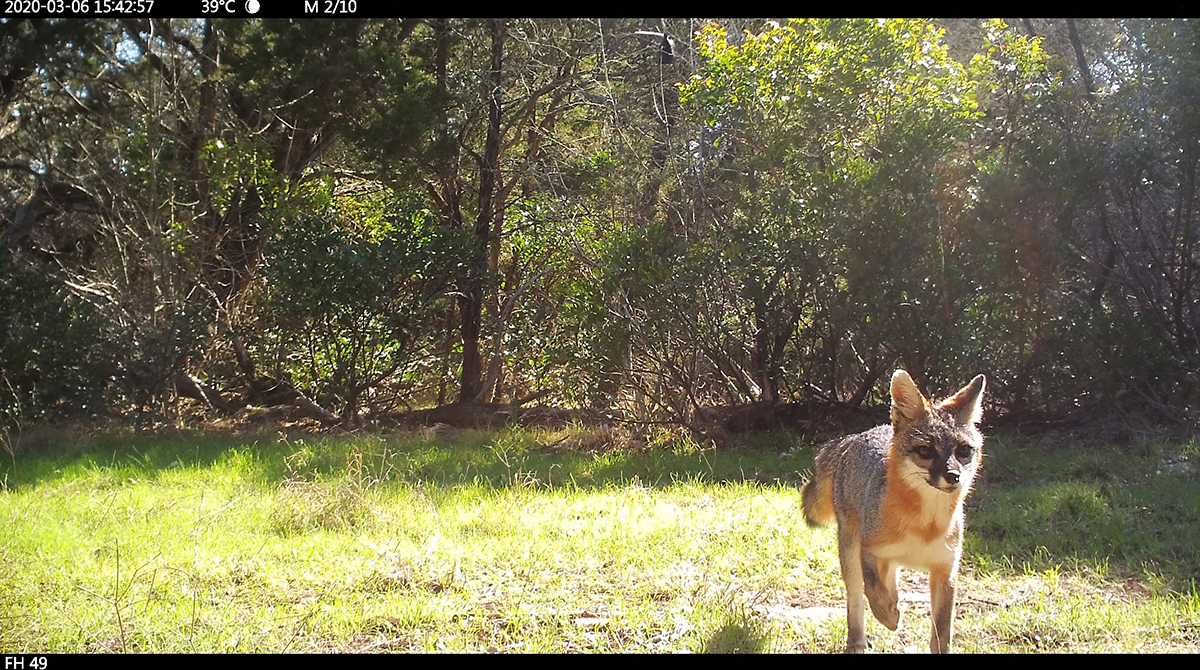
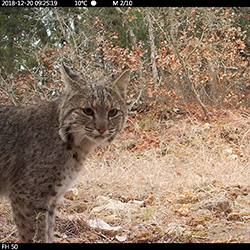
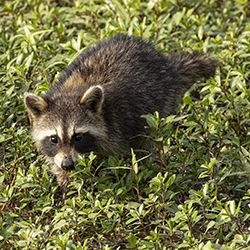
 Steve Winter Photography
Steve Winter Photography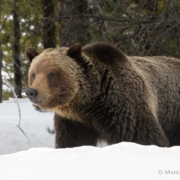


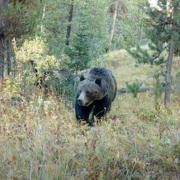 TCF Wild Lives Campaign
TCF Wild Lives Campaign